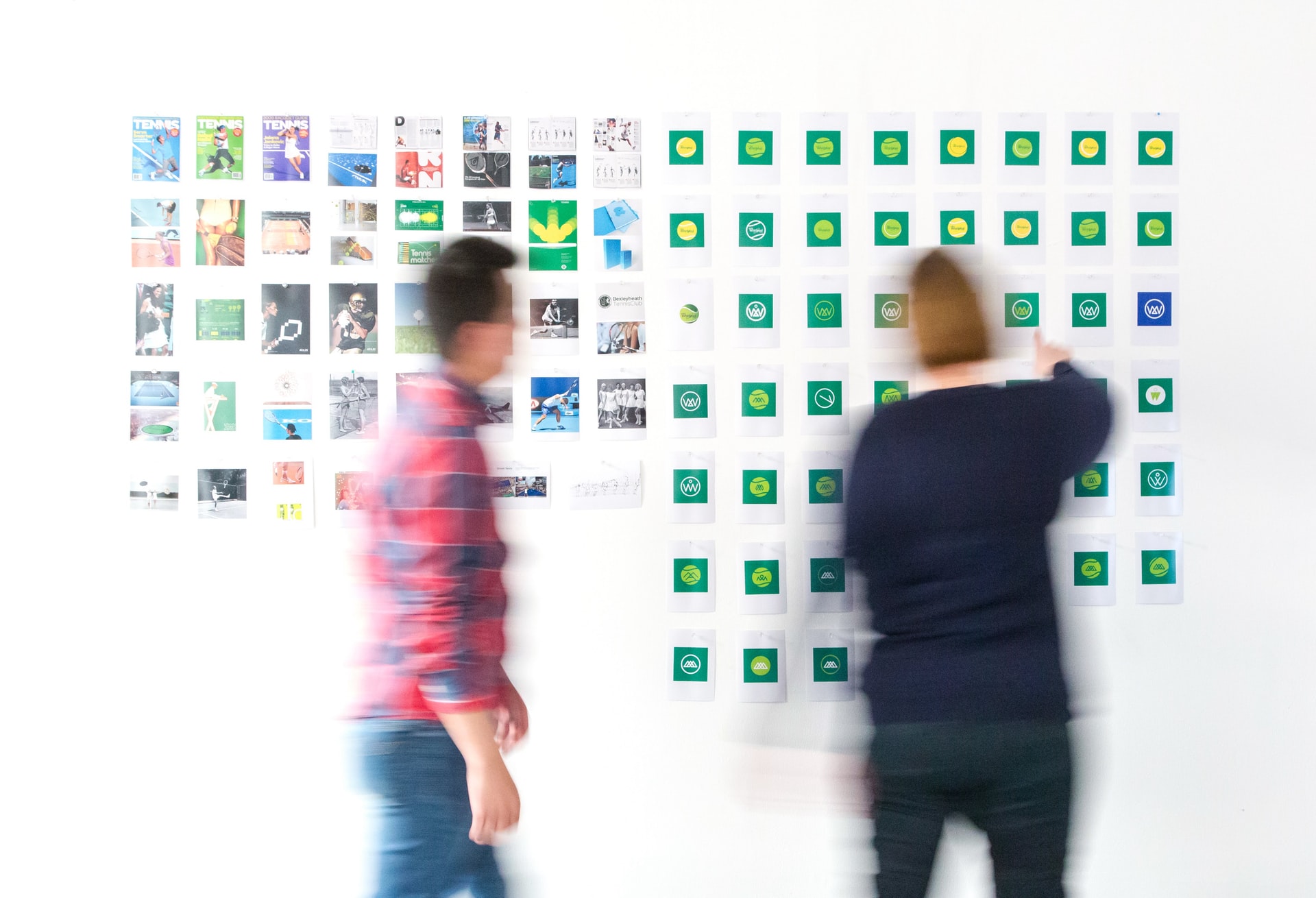Graphical communication in plan-making
This resource outlines the benefits of and practical approach to using graphics when communicating plans.

In 2012 the report Graphical Communication in Strategic Development Plans was published. Prepared by MATRIX/Urban Graphics and commissioned by the Scottish Government, Strategic Development Planning Authorities and Architecture and Design Scotland, the study explores how place-based planning can be expressed visually. The study recognised that a plan needs to be easily understood by a range of users.
In 2012, following the publication of a report on graphical communication, we facilitated a series of workshops on how the graphical content in plan making could be improved.
The work was particularly relevant considering the Scottish Ministerial statement regarding the next steps of planning reform. It identified that plans should be about ‘people and place’. There should be greater use of graphic communication in planning so that submissions are clear and accessible to all stakeholders. The statement committed to an agenda that focuses on collaborative place-making.
Key conclusions from the report
The principal conclusions from the report are that graphics need to be considered from the outset. The aim is to achieve roughly an equal split of graphics to text. The graphic technique of ‘storyboarding’ can be useful to structure the scope and content of the plan, and assist in developing a brief for its graphic content.
The series of facilitated sessions reflected on case studies from across the UK and Europe, and critiqued plans against six criteria:
- place: is the plan rooted in an appreciation of place identity?
- vision: does the plan convey an inspiring vision?
- focus and hierarchy: does the plan communicate the scale, location, and priorities of change?
- richness: is there a three-dimensional richness to the plan that makes it come alive?
- the story: does the plan explain the rationale from analysis through strategy to delivery?
- scale: does the plan span the scales – from strategic to local levels?
Research findings
The research took advantage of the fact that Scotland’s four Strategic Development Plans were at a stage where there was an opportunity to reflect on how good practice might be shared and to identify where there was scope to improve their graphic content and consider where a greater degree of consistency may be desirable.
The final report provides a useful resource to think about how graphics may be considered from the outset of the plan’s inception. It provides a flowchart on how graphics and plan production might be integrated. It provides guidance on different categories of graphics and other practical considerations.
A key finding is the use of storyboarding as a method to structure a narrative around a clear and compelling story of change, which can also help to allocate resources at the right time.
Workshop feedback
The feedback from the workshops hosted by Architecture and Design Scotland included:
Share the graphic vision upfront: traditionally plans tended to locate the key diagram or illustration towards the end reflecting a linear process of survey > analysis > plan; which could be seen as substantiating and justifying the eventual outcome
Accessible to different audiences: information needs to be accessible to different audiences, at different times, for different purposes. Users range from community groups to house builders and those involved in development management.
Additional feedback from the workshop
- text can be a barrier to engagement for some audiences
- graphics can make a plan easier to navigate
- graphics (photos, diagrams, etc) should be meaningful and relevant – not padding
- different graphic techniques are required to engage different stakeholders at different stages in the plan-making process
- the possibility for hyperlinks to provide access to additional information; where the plan becomes a portal to access information
- the challenge of reconciling a legacy of historic decision-making; be visionary and forward-looking to focus on what needs to happen to ensure positive change
- the opportunity for a common approach to enable consistent read across plans; that nevertheless respects individual branding of plans
- the potential for storyboarding to tell a process (i.e. how to make the plan and how to make a plan from considering what the graphic content might look like) and convey a story of change
Header image: by Brands&People on Unsplash
Access the full report
The original report is available on our Issuu site – click the link below to access.
If you would like us to email you a PDF copy of the report please do not hesitate to get in touch with us.
